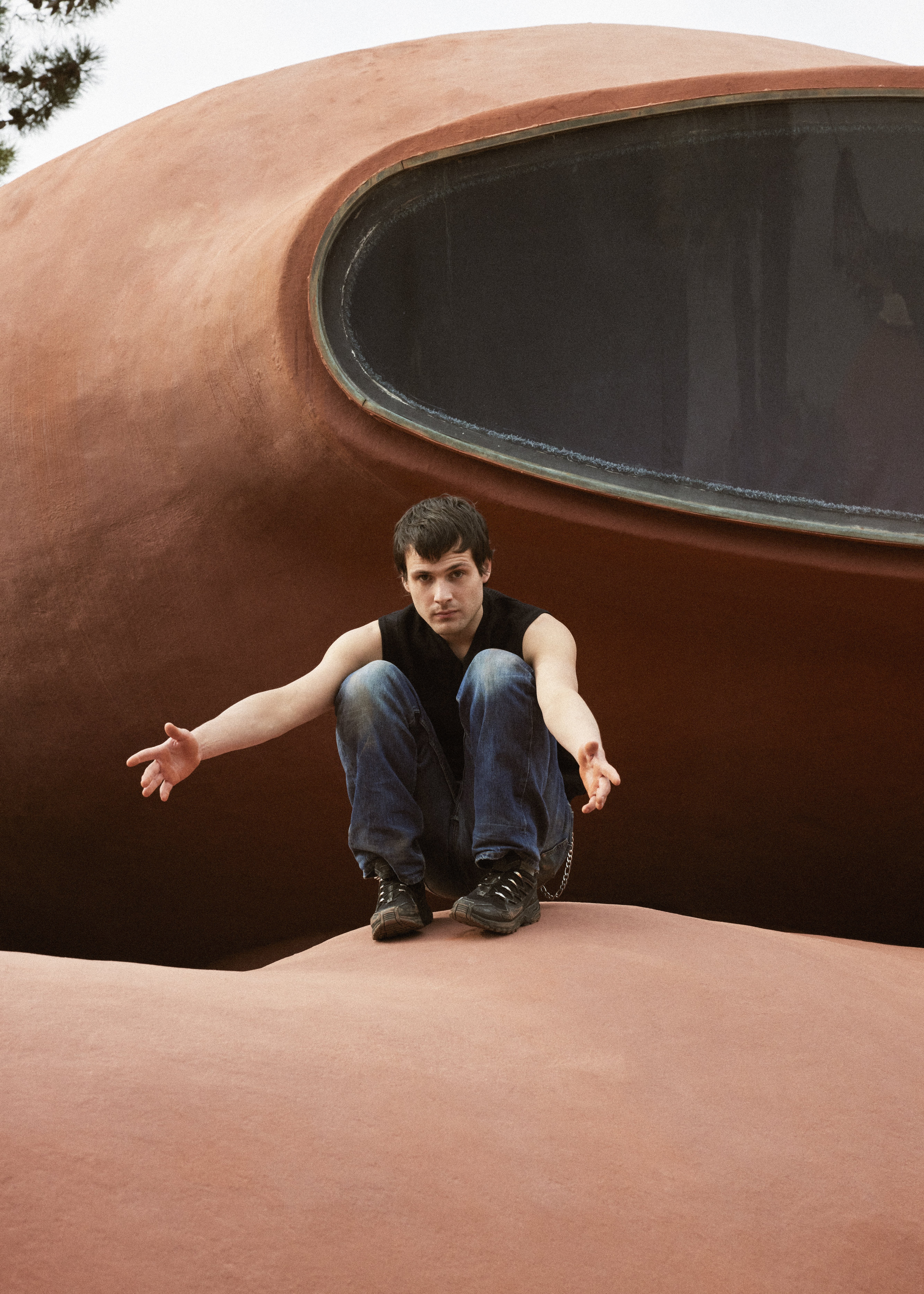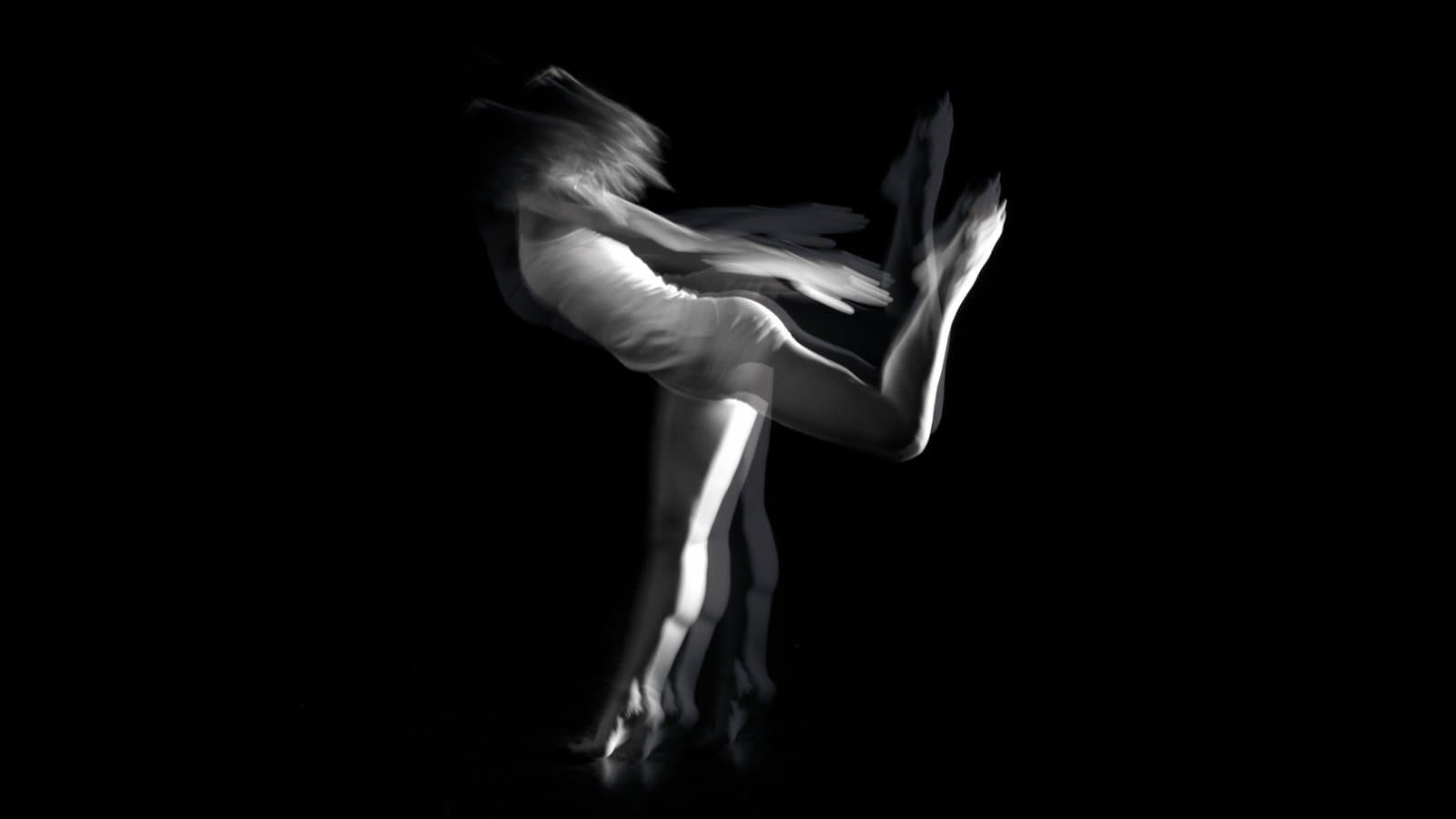With 800 performances around the world since its 1981 premiere, Maguy Marin’s May B has acquired a special place in dance history. Audiences concur that it leaves no one indifferent, and many remember it fondly to this day – in some cases, because it was their introduction to contemporary dance. Ahead of another tour this spring across France and Europe, CN D Magazine spoke to individuals who saw May B at various points over the past four decades to understand its impact.

Locked up in a care home or a lunatic asylum, ten dancers, who appear as grimacing, shaggy, sad clowns, waver between frenzy and obscenity, between the anxiety of being confronted with others and the fear of being alone. May B’s willful travelers move their rag-clad, heavy bodies across the stage in a performance emblematic of the 1980s’ French new dance movement. In their wake, they leave whitish traces; at each jolt and wobble, they make the dust that covers their bodies fly around them. In a half-festive, half-dusky atmosphere, cliques form and seem to want to fight or flee without ever finding resolve. “My first encounter with the piece left me with the idea of a powerful portrait of the human condition,” says Béatrice, editor and season ticket holder to the Paris’ Théâtre de la Ville since 1995. “I remember experiencing contradictory emotions, a combination of sadness and joy, and being both uncomfortable and completely sold by the piece.”
Forty-three years after its premiere, May B is still a source of fascination for its spectators. Why is this piece so compelling and emotionally charged, regardless of when one experiences it for the first time? This is where the secret of masterpieces lies. But if the relationship between the show and the audience is now considered intense, it was off to a rocky start. When it premiered in 1981 in the municipal theatre in Angers, it provoked contrasting reactions and incomprehension in the audience. Some first-timers still have that reaction today. “I have to say, I was completely puzzled by these ridiculously dressed characters,” says François, a secondary school teacher approaching fifty who first saw the piece in 2006, during the Paris Beckett festival, for the one-hundredth anniversary of the birth of the writer whose work is the inspiration for May B. “I didn’t fully dislike it but I felt like I couldn’t quite grasp what it was about, although I had heard of it so much.”
 © May B, Maguy Marin, Maison des arts de Créteil, 1991 © Médiathèque du CN D, Fonds Jean-Marie-Gourreau
© May B, Maguy Marin, Maison des arts de Créteil, 1991 © Médiathèque du CN D, Fonds Jean-Marie-Gourreau
If May B seems to almost always provoke a strong response in the audience, it’s because the performance echoes a universal question with radicality and a desire to break from conventional representations, which can be upsetting. It’s about domination and exploitation, suffering and solidarity. “We follow those characters during the whole play as if we were watching our lives unfold, and we feel both sadness and hope. And all the while we wonder, holding our breath: will they remain standing or will they fall?” says Samira, who works as a consultant and has been seeing contemporary dance for twenty years. If the piece is so striking, it might be because it calls the audience out. “The ten dancers move in a closed, claustrophobic, hermetic world. At some point, they stop and look at us. They catch our attention in such a way that we have no choice but to be on stage with them,” analyzes Martine Maleval, associate professor at the University of Lorraine and the author of at text on May B in the “Dance Masterpieces” (« Chefs-d’œuvre de la danse ») collection.
The musical score also contributes to the power of the piece and it has left its mark in the collective imagination. It spans from Schubert to the heartbreaking voice of Dietrich Fischer Dieskau in the last lines of Winterreise, and closes with Gavin Bryars’ composition featuring a homeless person singing Jesus’ blood never failed me yet. “What a shock!,” remembers Patricia, a former dancer and press officer who first saw the piece in the 1982 Avignon Festival. “I was in the early stages of my career and I would see as many shows as possible. This music stayed with me for a long time. I rushed to find the recording. But you know, it was a time when we didn’t have access to things as easily as we do now with the internet.”
 © May B, Maguy Marin, Maison des arts de Créteil, 1982 © Médiathèque du CN D, Fonds Jean-Marie-Gourreau
© May B, Maguy Marin, Maison des arts de Créteil, 1982 © Médiathèque du CN D, Fonds Jean-Marie-Gourreau
In Toucher au nerf, a recent book featuring a conversation between Maguy Marin and theater aesthetics scholar and historian Olivier Neveux, May B’s creator is quite critical about the enduring success of the piece. “For me” says Marin, “the audience’s worship of the piece is a way to make it harmless.” Martine Maleval disagrees, saying that “before showing this piece to my students and having it on a loop on my computer, I probably saw it for the first time in 1984 or 1985. What I’ve always remembered is that it was a complete upheaval of performance codes. Today, it still has that same subversive quality and it can still be quite shocking.”
Revolutionary in its form, May B shows an ensemble of people in slippers shuffling across the stage, sniffing each other, taking each other’s measure, rubbing against each other. “Twenty-five years after I first saw this piece, I remember quite vividly the words I kept repeating: ‘Over, it’s over. It will be over, it will soon be over’,” recalls Céline, who practiced dance for a long time and works as a doctor. “I plan on seeing it again. I hope I’ll be struck anew by the ever-vivid power of its subject.”
May B
Choreography: Maguy Marin
From March 26 to 28 2024 in Théâtre de Gennevilliers
From April 4 to 6 in Scène nationale du Sud-Aquitain, Bayonne
April 21 and 22 in Sadler’s Wells, London
June 4 during the Dance First Festival, Stadtsall, Fürstenfeldbruck, Germany
May B, Maguy Marin
Martine Maleval
Nouvelles éditions Scala, collection « Chefs-d’œuvre de la danse »
Published in September 2023
Toucher au nerf
A conversation with Olivier Neveux
Éditions Théâtrales, collection « Méthodes ».
Published in December 2023







